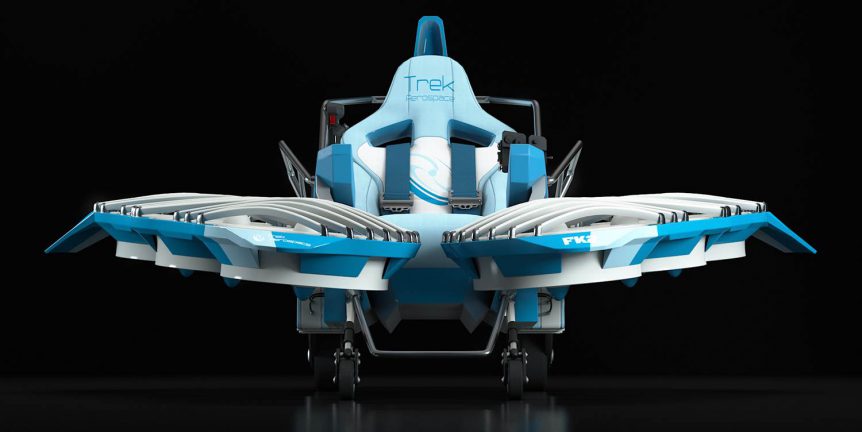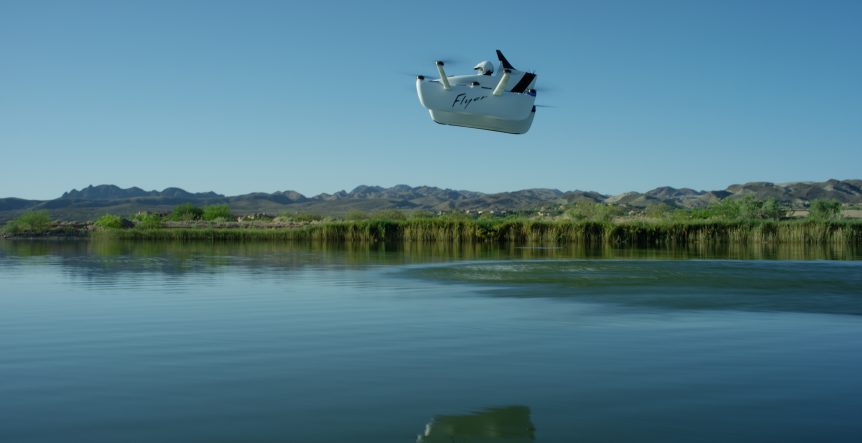Boeing just announced the ten winners of Phase I in its GoFly competition, in which entrants design, build and fly a “personal flying device.” As Boeing explains, contest rules are designed to enable entrants “To foster the development of safe, quiet, ultra-compact, near-VTOL personal flying devices capable of flying twenty miles while carrying a single person.” The list of partners and co-sponsors is impressive and includes virtually all major American aviation advocacy groups. As the Green Flight Challenge demonstrated seven years ago, prize money encourages a grand series of investments by individuals in hopes of winning a prize. In this case, 3,000 entries by 725 teams from 95 countries presented drawings and documents describing their proposed PFD, with a select 10 advancing to Phase II, which will require a demonstration of the proposed machine’s ability to perform as promised. “To be able to engage so many individuals from leading universities, major corporations and startups, and connect them through our community …
Kitty Hawk Flyer Shows Improvements, Limits Continue
Kitty Hawk Flyer, the Larry Page-backed “sky taxi,” seems like a great summer escape machine. One can learn to fly it in about an hour, but it will remain low and slow enough to give the thrill of flight without inordinate dangers. That’s the marketing pitch from Kitty Hawk, and it’s not a bad one. Imagine going to a beach or lake with dozens of these fluttering about over the water’s surface. It’s the same kind of lure driving go-karts on a miniature race course has for vacationers. Safety is obviously a factor for a machine meant for amateur use. John Lyon explains this in the Robb Report: “The zero-emissions Flyer is completely powered by electricity, and its propellers all operate independently, meaning that if there is a problem with one or more propellers, the entire vehicle won’t come crashing down. That said, even if it did, the aircraft is only meant for flying over water and only flies between …
Gamera: First Solar-Powered Helicopter
Solar Gamera, an extension of the human-powered helicopter that achieved the longest HPH duration flight in 2013, just made the first solar-powered helicopter flight. In 2014, a group of undergraduate students at the University of Maryland turned Team Gamera into Solar Gamera, “to test the feasibility of applying solar power in achieving human helicopter flight.” Ph.D. student William Staruk, a member of the original HPH team, reflected, “Today you are seeing the first successful flights of the Gamera Solar-Powered Helicopter. You are seeing aviation history being made in the history of green aviation and rotary blade aviation.” Gamera’s lattice-work framework, 100-foot square with extremely large rotors at the ends of four beams, carried materials science major Michelle Mahon on two short flights. The best effort lasted nine seconds and gained an altitude over a foot. Staruk explained, “It’s just a matter of drift before [Solar Gamera] gets longer flights. It’s easier to trim than human-powered helicopter thanks to electronic controls.” Note …
Record Number of Human-Powered Helicopter Pilots Sets New Records
Aerovelo, combining flight with velocipede (bicycle) propulsion provides plenty of exercise for its members on the high ground of Nevada and within the confines of Canadian gymnasiums. Between September 9 and 14 at Battle Mountain, Nevada this year, one of Aerovelo’s little airfoil shaped recumbent bicycles hit 77.68 mph, requiring a steady hand on the controls as well as incredibly strong quadriceps. As seen in the video at about 30 seconds, the Aerovelo team became a victim of the divergent directional stability common to these short-coupled vehicles. Bluenose parted company with the highway when nearing 100 km/hr (62 mph). Despite the horrendous tumble, rider Todd Reichert was unhurt and damage to the bike was mainly aesthetic. Todd went on to push Bluenose to a personal best speed, and made the University of Toronto group the second fastest human-powered team in history. Not content to set terrestrial records, the team spent September 23 and 24 with their Sikorsky Prize-winning human-powered helicopter, …


